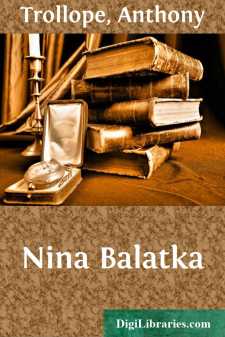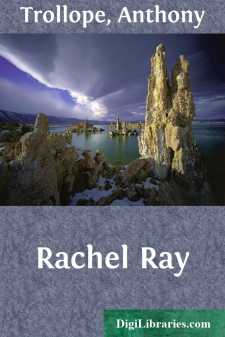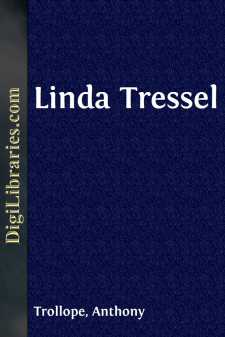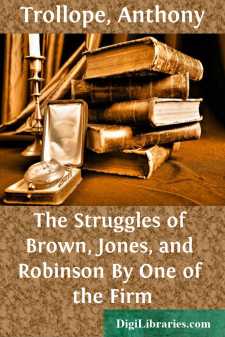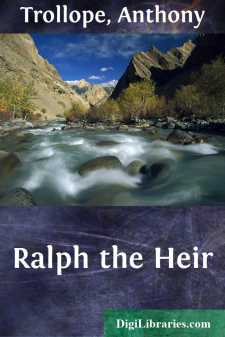Categories
- Antiques & Collectibles 13
- Architecture 36
- Art 48
- Bibles 22
- Biography & Autobiography 813
- Body, Mind & Spirit 142
- Business & Economics 28
- Children's Books 17
- Children's Fiction 14
- Computers 4
- Cooking 94
- Crafts & Hobbies 4
- Drama 346
- Education 46
- Family & Relationships 57
- Fiction 11829
- Games 19
- Gardening 17
- Health & Fitness 34
- History 1377
- House & Home 1
- Humor 147
- Juvenile Fiction 1873
- Juvenile Nonfiction 202
- Language Arts & Disciplines 88
- Law 16
- Literary Collections 686
- Literary Criticism 179
- Mathematics 13
- Medical 41
- Music 40
- Nature 179
- Non-Classifiable 1768
- Performing Arts 7
- Periodicals 1453
- Philosophy 64
- Photography 2
- Poetry 896
- Political Science 203
- Psychology 42
- Reference 154
- Religion 513
- Science 126
- Self-Help 84
- Social Science 81
- Sports & Recreation 34
- Study Aids 3
- Technology & Engineering 59
- Transportation 23
- Travel 463
- True Crime 29
Nina Balatka
by: Anthony Trollope
Description:
Excerpt
INTRODUCTION
Anthony Trollope was an established novelist of great renown when Nina Balatka was published in 1866, twenty years after his first novel. Except for La Vendée, his third novel, set in France during the Revolution, all his previous works were set in England or Ireland and dealt with the upper levels of society: the nobility and the landed gentry (wealthy or impoverished), and a few well-to-do merchants — people several strata above the social levels of the characters popularized by his contemporary Dickens. Most of Trollope's early novels were set in the countryside or in provincial towns, with occasional forays into London. The first of his political novels, Can You Forgive Her, dealing with the Pallisers was published in 1864, two years before Nina. By the time he began writing Nina, shortly after a tour of Europe, Trollope was a master at chronicling the habits, foibles, customs, and ways of life of his chosen subjects.
Nina Balatka is, on the surface, a love story — not an unusual theme for Trollope. Romance and courtship were woven throughout all his previous works, often with two, three, or even more pairs of lovers per novel. Most of his heroes and heroines, after facing numerous hurdles, often of their own making, were eventually happily united by the next-to-last chapter. A few were doomed to disappointment (Johnny Eames never won the heart of Lily Dale through two of the "Barsetshire" novels), but marital bliss — or at least the prospect of bliss — was the usual outcome. Even so, the reader of Trollope soon notices his analytical description of Victorian courtship and marriage. In the circles of Trollope's characters, only the wealthy could afford to marry for love; those without wealth had to marry for money, sometimes with disastrous consequences. By the time of Nina, Trollope's best exploration of this subject was the marriage between Plantagenet Palliser and Lady Glencora M'Cluskie, the former a cold fish and the latter a hot-blooded heiress in love with a penniless scoundrel (Can You Forgive Her? 1865). Yet to come was the disastrous marriage of intelligent Lady Laura Standish to the wealthy but old-maidish Robert Kennedy in Phineas Finn and its sequel.
But Nina Balatka is different from Trollope's previous novels in four respects. First, Trollope was accustomed to include in his novels his own witty editorial comments about various subjects, often paragraphs or even several pages long. No such comments are found in Nina. Second, the story is set in Prague instead of the British isles. Third, the hero and heroine are already in love and engaged to one another at the opening; we are not told any details about their falling in love. The hero, Anton Trendellsohn is a successful businessman in his mid-thirties — not the typical Trollopian hero in his early twenties, still finding himself, and besotted with love. Anton is rather cold as lovers go, seldom whispering words of endearment to Nina. But it is the fourth difference which really sets this novel apart and makes it both a masterpiece and an enigma....


